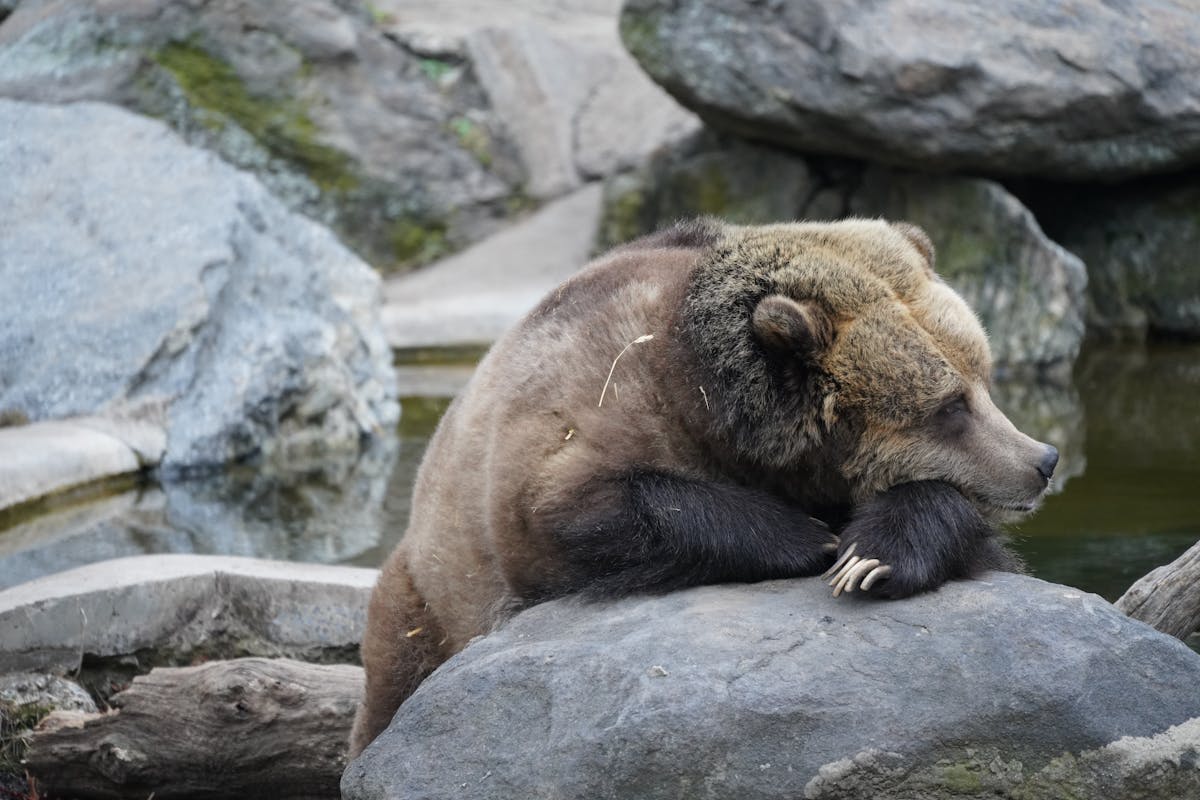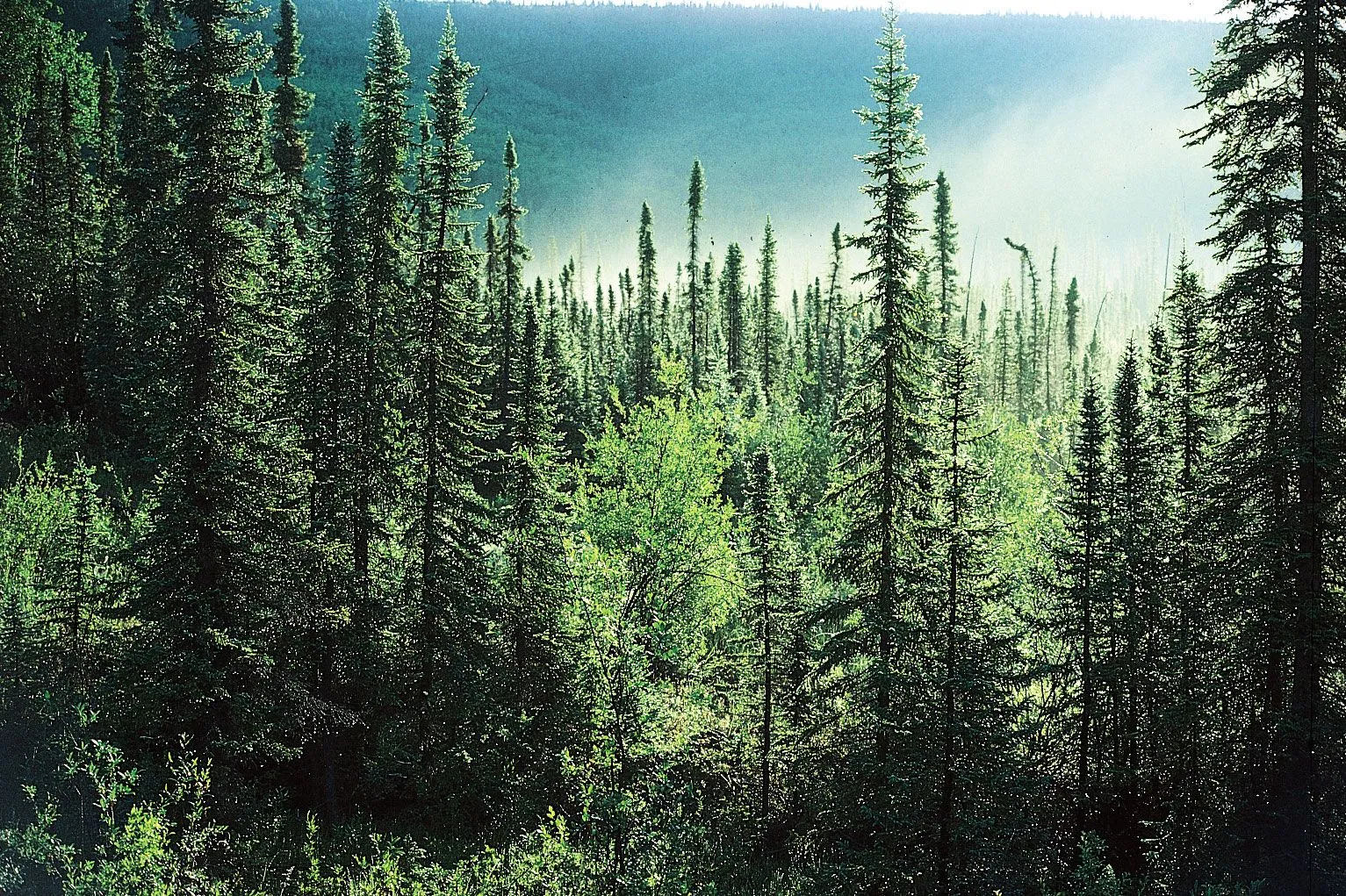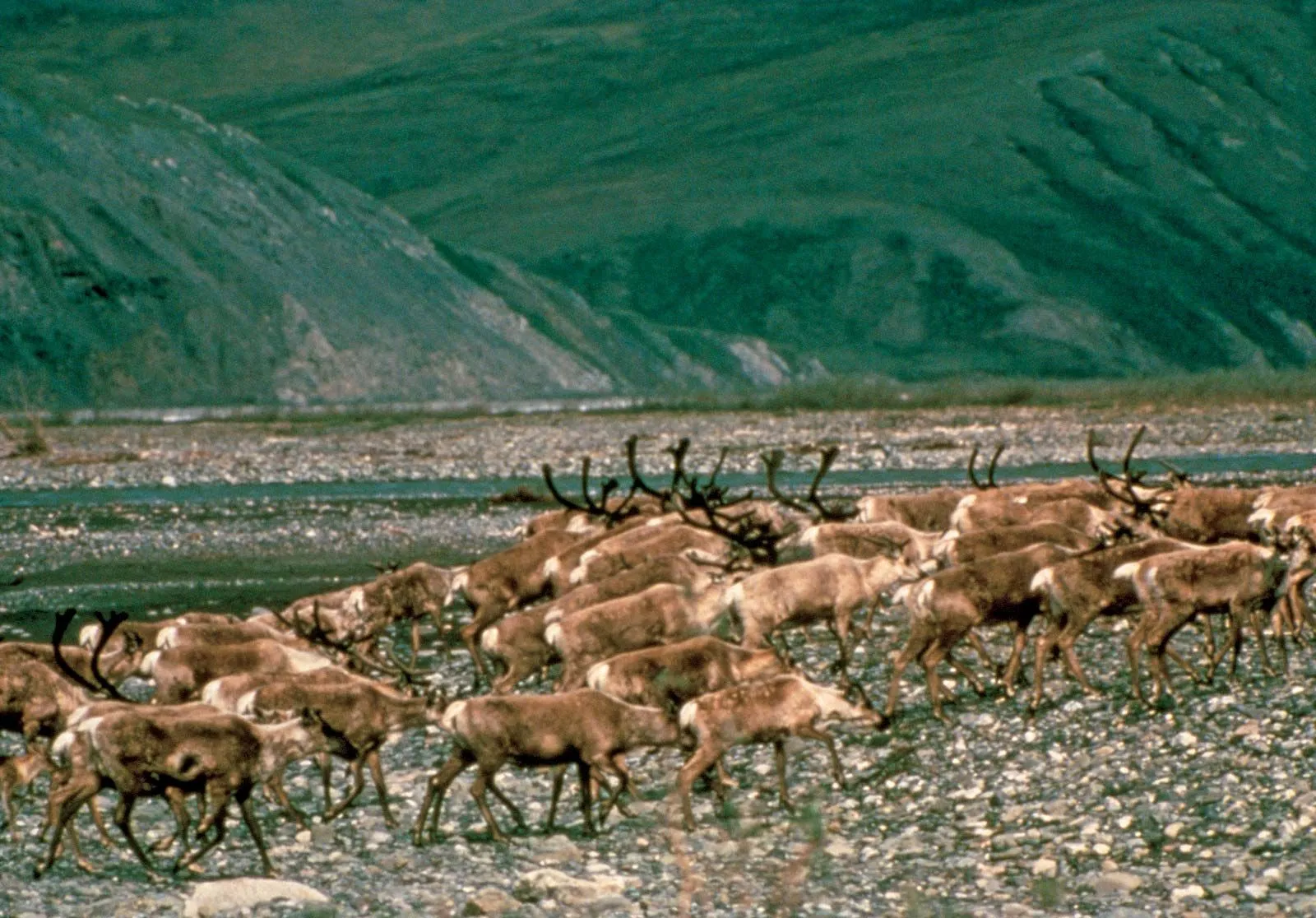Alaska, a land of breathtaking landscapes and extreme contrasts, is profoundly shaped by its Alaska State Climate. As a keen observer of how environment influences life and travel, I’ve found that understanding the climate zones here is key to unlocking truly unforgettable Alaskan experiences. From the gentle coastal breezes to the biting Arctic winds, the sheer variability is astonishing.
The Alaska State Climate is heavily influenced by surrounding ocean currents. The western coasts benefit from the Alaska Current, a relatively warm flow from the Pacific that moves northward along the southern Aleutian Islands. These warmer waters enter the Bering Sea and travel eastward along the northern Aleutians. This interaction between warm and cold waters contributes to the formation of the Aleutian low, a significant atmospheric low-pressure center. Conversely, the Arctic coast faces a cold, westward-flowing current.
Alaska’s immense size allows for the delineation of several distinct climatic zones, excluding the major mountain ranges. As a traveler, experiencing these different zones feels like traversing entirely separate worlds within one state.
Decoding the Alaska State Climate Across Its Regions
Let’s break down how the Alaska State Climate varies from one incredible region to the next. Each zone offers a unique set of weather patterns that define the local environment and experiences available.
The Maritime Influence: Southern Coasts and Islands
This zone includes the southern coastal areas, southeastern Alaska, the Gulf of Alaska islands, and the Aleutian Islands. Summers here typically see average temperatures between 40°F (4°C) and 60°F (16°C), while winters hover around 20°F (-7°C) to 40°F (4°C). This relatively mild range, influenced by the ocean, supports lush rainforests and vibrant marine life.
Rainfall is significant, varying locally from about 60 to 160 inches (1,500 to 4,000 mm). Certain areas, like the Cordova-Valdez region and parts of the west-central panhandle, receive even higher precipitation, sometimes exceeding 220 inches (5,600 mm). Valdez, in particular, is known for receiving 200 inches (5,100 mm) of snow or more annually. The Aleutian Islands are famous for sudden, violent squalls called williwaws, a unique climatic feature.
Experiencing the Continental Interior Climate of Alaska
Venture inland, and the Alaska State Climate shifts dramatically to a continental pattern. Influenced by cold air masses from northern Canada and Siberia in winter, the interior experiences much wider temperature swings. Summer averages range from 45°F (7°C) to 75°F (24°C), but temperatures can soar into the 90s F (about 34°C).

Winters are profoundly cold, with averages from 20°F (-7°C) down to -10°F (-23°C). Temperatures in the interior can plummet to -60°F (about -54°C). Thunderstorms are common in the summer, with intense lightning often sparking forest fires. Anchorage, while part of the interior, enjoys slightly warmer winters and cooler summers than more central locations, with an annual precipitation of about 15 to 20 inches (380 to 500 mm).
The Bering Sea’s Unique Weather Patterns
The islands and coast of the Bering Sea represent another distinct climatic region. Summer temperatures here are typically between 40°F (4°C) and 60°F (16°C), while winters range from about 10°F (-12°C) to 20°F (-7°C). The moderating effect of the Pacific Ocean diminishes north of the Pribilof Islands, leading to the area being covered by pack ice every winter.
Storms originating in the North Pacific frequently strike the Bering Sea coasts, occasionally causing coastal flooding. The high winds and blizzards associated with these storms create extremely hazardous conditions for the region’s vital fishing vessels. This harsh environment shapes the lives of both humans and wildlife here.
Life on the Arctic Coastal Lowland (North Slope)
The Arctic coastal lowland, or North Slope, presents perhaps the most challenging facet of the Alaska State Climate. The Beaufort Sea offers some ameliorating effects, keeping summer temperatures between 35°F (2°C) and 55°F (13°C) and winter temperatures between -5°F (-21°C) and -20°F (-29°C). However, frequent storms and prevailing polar easterlies result in constant high winds and blowing snow.
Discover the Best – Where to Go on Vacation in Florida
Your Ultimate Guide – what to eat in destin florida
Discover Fun Things to Do in LA Today
Precipitation is low, typically 5 to 10 inches (125 to 250 mm), mostly snow, but rain in August is common. The low evaporation rates and the omnipresent permafrost create a waterlogged environment. The region experiences 24 hours of sunlight in summer, though the low sun angle limits thawing. In winter, the absence of sun allows for over 1,000 feet (300 meters) of ice cover. The northern coast remains ice-covered for nine months of the year. This is the land of the midnight sun and the polar night.
The Impact of a Warming Alaska State Climate
Since 1979, the Alaska State Climate has been experiencing a gradual warming trend, mirroring global patterns. This warming has had tangible effects on the landscape and ecosystems. A measurable amount of permafrost has begun to melt across the state, impacting infrastructure and natural processes.
Fun Things to Do in Kissimmee Florida
Where To Go In Waikiki – Your Ultimate Guide to Hawaii’s Iconic Beachfront
The Best Things to Do in Naples – Your Ultimate Italian Experience
The Arctic Ocean’s pack ice has decreased in thickness and recedes farther north in the summer months. This retreat increases the possibility that the Northwest and Northeast passages, accessed via the Bering Strait, could become open for summer navigation, presenting both opportunities and significant environmental risks. This phenomenon poses a direct threat to polar bear habitats, the seals they hunt, and bowhead whales summering in the Beaufort Sea. Already, several fish species are migrating northward along Alaska’s Pacific Coast in response to warming waters.
 Coniferous forest in Alaska, primarily spruce trees
Coniferous forest in Alaska, primarily spruce trees
Plant and Animal Life Shaped by Alaska’s Climate
The diverse Alaska State Climate zones directly influence the types of plant and animal life that thrive in each region. The southern panhandle and islands are dominated by dense evergreen forests featuring Sitka spruce, hemlock, and Alaskan cedar, adapted to the high rainfall and milder temperatures.
The interior’s continental climate supports extensive boreal forests (taiga), primarily composed of black spruce and white spruce. Birch, willow, and aspen trees are also common, resilient to the temperature extremes. The Bering Sea islands, covered in tundra, serve as crucial refuges for vast herds of fur seals, sea otters, sea lions, and walruses, depending on the specific maritime conditions. Nunivak Island is home to a protected group of musk oxen, adapted to the cold, windy environment.
In the interior, particularly within areas like Denali National Park and Preserve, the climate supports abundant wildlife including brown and grizzly bears, caribou, wolves, and moose, thriving in the varied landscape the weather creates. The North Slope is a critical summer breeding ground for large caribou herds, which migrate from south of the Brooks Range to the coastal plain where winds deter insects and offer better visibility against predators. Large numbers of migratory birds also nest across both the interior and the Arctic coastal plain, utilizing the brief, intense summers.
 Caribou migrating across a plain near the Brooks Range in Alaska
Caribou migrating across a plain near the Brooks Range in Alaska
Frequently Asked Questions About the Alaska State Climate
Navigating Alaska requires understanding its weather. Here are some common questions travelers ask:
What is the best time to visit Alaska based on climate?
This depends entirely on what you want to experience! Summer (June-August) offers the mildest temperatures, longest daylight hours (midnight sun in the north), and best access for activities like hiking and wildlife viewing. Spring and Fall are transition seasons with unique beauty and fewer crowds, while winter is ideal for Northern Lights viewing, skiing, and experiencing extreme cold.
How does the Alaska State Climate affect travel?
Climate significantly impacts travel. Winter weather can close roads and limit flights. Summer can bring rain, especially in coastal areas, and require mosquito protection in the interior. Understanding the specific climate zone you plan to visit is crucial for packing appropriately and planning activities.
Are there parts of Alaska that don’t experience extreme cold?
Yes, the southern coastal and southeastern regions, along with the Aleutian Islands, have a more maritime climate with milder winters compared to the interior or Arctic regions. While still cold by many standards, they rarely reach the extreme low temperatures seen inland.
How is climate change specifically impacting the Alaska State Climate?
Warming temperatures are causing permafrost to melt, affecting infrastructure and ecosystems. Arctic sea ice is decreasing, impacting wildlife like polar bears and potentially opening shipping routes. Changes in ocean temperatures are also causing shifts in fish populations. These changes are some of the most visible and rapid seen anywhere.
Exploring Alaska means being prepared for its dynamic and diverse Alaska State Climate. Each region offers a unique weather pattern that shapes the environment, the wildlife, and the unforgettable experiences you can have there.
